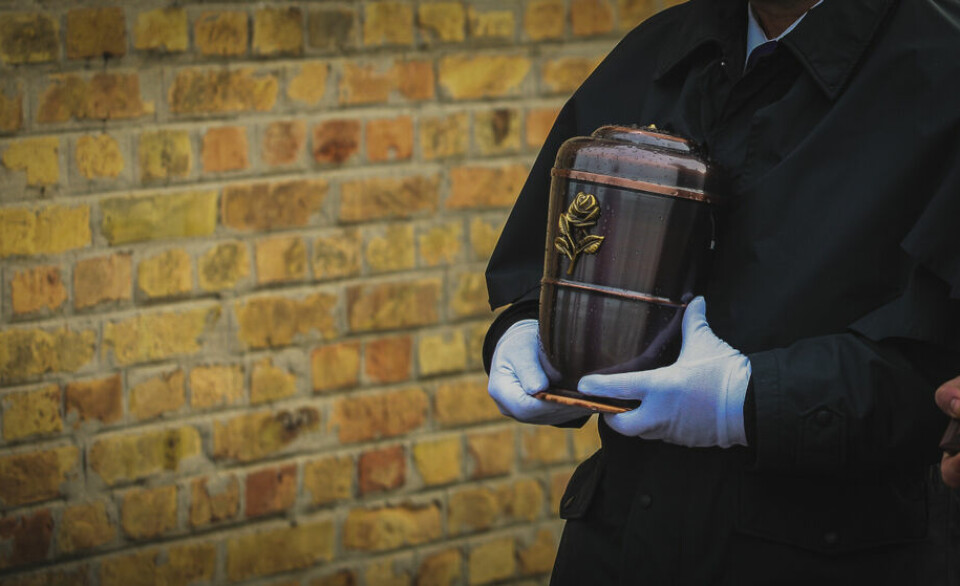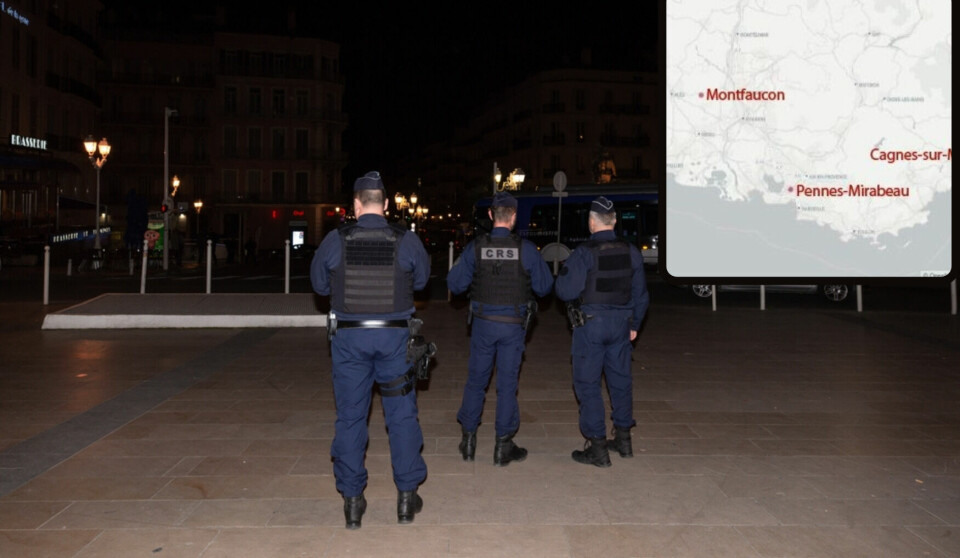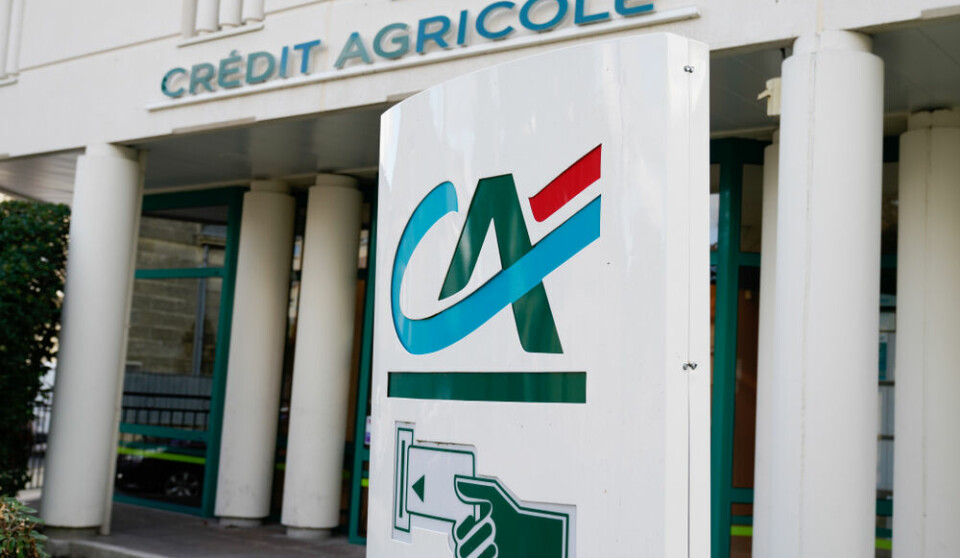-
Audrey Tautou moved to tell tale of artist hunted by Nazis in France
Actress has left semi-retirement to star in Paris show about painter Charlotte Salomon
-
Are theatre audiences in France better behaved than the UK or US?
Columnist Peter Wyeth notices a genuine appreciation for performers and no reports of anti-social behaviour at shows
-
Why British Christmas pantomimes are loved by French audiences
‘He’s behind you!’ needs no translation for French people flocking to see the colour and physical gags of a local panto
All the world’s a stage for métiers
In the theatre actors are key but they can get vital help from the scénographe-décorateur who provides the stage that is essential for their performance.

Both stage design and the costumes they wear are the scénographe-décorateur’s responsibility and scenography is one of the broadest disciplines to have official recognition as a métier d’art.
It is a catch-all term for a series of distinct, specialist métiers, including carpentry, metal-work, scene-painting, and the mechanics of moving elements of any set (although sound and lighting, and costumes and props, are usually treated as separate, distinct, métiers).
A scénographe-décorateur may work on theatrical productions but also on film, opera, dance, concerts, public events, exhibitions, and even trade shows.
Scenographers need a love for, and good understanding of, staging and need to be creative, with a strong sense of colour, dimension and material. One key is to find imaginative solutions to technical or artistic problems and, unlike many métiers d’art which can be solitary, a scenographer needs to work well in a team.
Adaptability is also highly valued in this profession.
Some scenographers work for private companies who hire out their services to theatres, concert halls and, often these days, to exhibition spaces.
The film industry is a big employer, with the majors to be found in Bellefaye, the national directory for film and audiovisual entertainment.
Some private firms cover the entire spectrum of scenographic work; others are more specialised, focusing on a single element.
Some of the biggest arts centres, including the national theatres and operas, have their own workshops with a mixture of permanent and contractual staff, from which teams will be selected by both director and producer to design and build sets for each new production.
Outside this, however, work for a scénographe-décorateur can be sporadic, making it difficult to manage their salary and budget.
For this reason, under certain conditions, they may qualify for an intermittent du spectacle employment status, which means they pay a higher proportion of their salary in social charges, but receive better ‘unemployment’ pay during non-working periods. You can find out more about this via Pôle Emploi or an accountant.
The broad scope of the scenographer’s work means there are a wide variety of training options available, mostly post- Baccalaureate (or equivalent).
There is a two-year brevet de technicien supérieur (BTS) in spatial design while Scaenica, the European centre for arts and techniques of performance in Montpellier, has a one-year specialist set-design course.
Degrees, taking between two and five years to obtain, are available from the Ecoles Supérieures des Arts Décoratifs in Strasbourg and Paris. The Ecole Nationale Supérieure des Arts et Techniques du Théâtre in Lyon offers a three-year scenography degree, as does Fémis, the French film and TV school in Paris and, in Avignon, the Institut Supérieur des Techniques du Spectacle offers a wide range of degrees across the full spectrum of technical stage disciplines.
From boats and luxury homes to a new life ‘behind scenes’
Although Jean-Charles Scottis is titled deputy technical director at Lyon Opéra, the Responsable des ateliers is in charge of the opera’s workshops, where the carpenters, metal-workers and painters who make the sets can all be found. There are about 15 permanent members of his team, with up to 27 extra on a contractual basis.
He has always had an interest in scenography and did technical work for theatres when free and brother, Jean-Christophe, is a sound and lighting specialist – but his career has not always been in the arts. As a master carpenter he worked on boats, before moving into luxury properties, which was “not particularly engaging”.
A season as head carpenter at the international music festival in Aix-en-Provence was inspiring and he jumped at the chance to take up his current post at the Opéra when someone recommended him for it.
Now, he would not think of leaving.
“Let’s be clear: my job is 90% technical, and 10% creative,” he says. He is, however, often surprised by how objects made in his workshops can be transformed on stage.
He gives the example of wings, constructed as simple box walls with one plain black face and one decorated face, of which the workshops have churned out hundreds of examples over the years.
“Sometimes, when I see how the wings are used in a production it bowls me over, and yet we spent months working on a very technical piece of stage on which were mounted hundreds of flowers, each capable of being separately lit, and when I saw it on stage I was underwhelmed.”
But the way Mr Scottis ended up in his career is becoming less and less possible. “If you want to work in this métier, you need to give yourself a very strong technical grounding, preferably taking a degree specific to the craft you want to pursue. After that it’s up to you to be persistent in applying for work”.
At Lyon, he regularly takes students on work experience, and there are always apprentices in the workshops. People with unusual CVs may also be taken on trial.
There is a surfeit of people wanting to work in some of the technical areas, many extremely well-qualified, but one area where skills are lacking is in painting.
“We recruit people who have trained in the beaux arts, and they have had perhaps 10 days working on set painting a year during their course.”
Such courses are not specialised enough and scenographic painting is particular, with canvases up to 10m x 17m, and painters must create a continuous scene across different materials, without anyone seeing the joins. “We need more people who have trained specifically to do this work.”
For Mr Scottis, those painting, carpentry or metal-working skills can give “the pleasure of bringing an idea to life”: that moment when all the technical questions have been resolved and the curtain goes up for the first time on another world.























